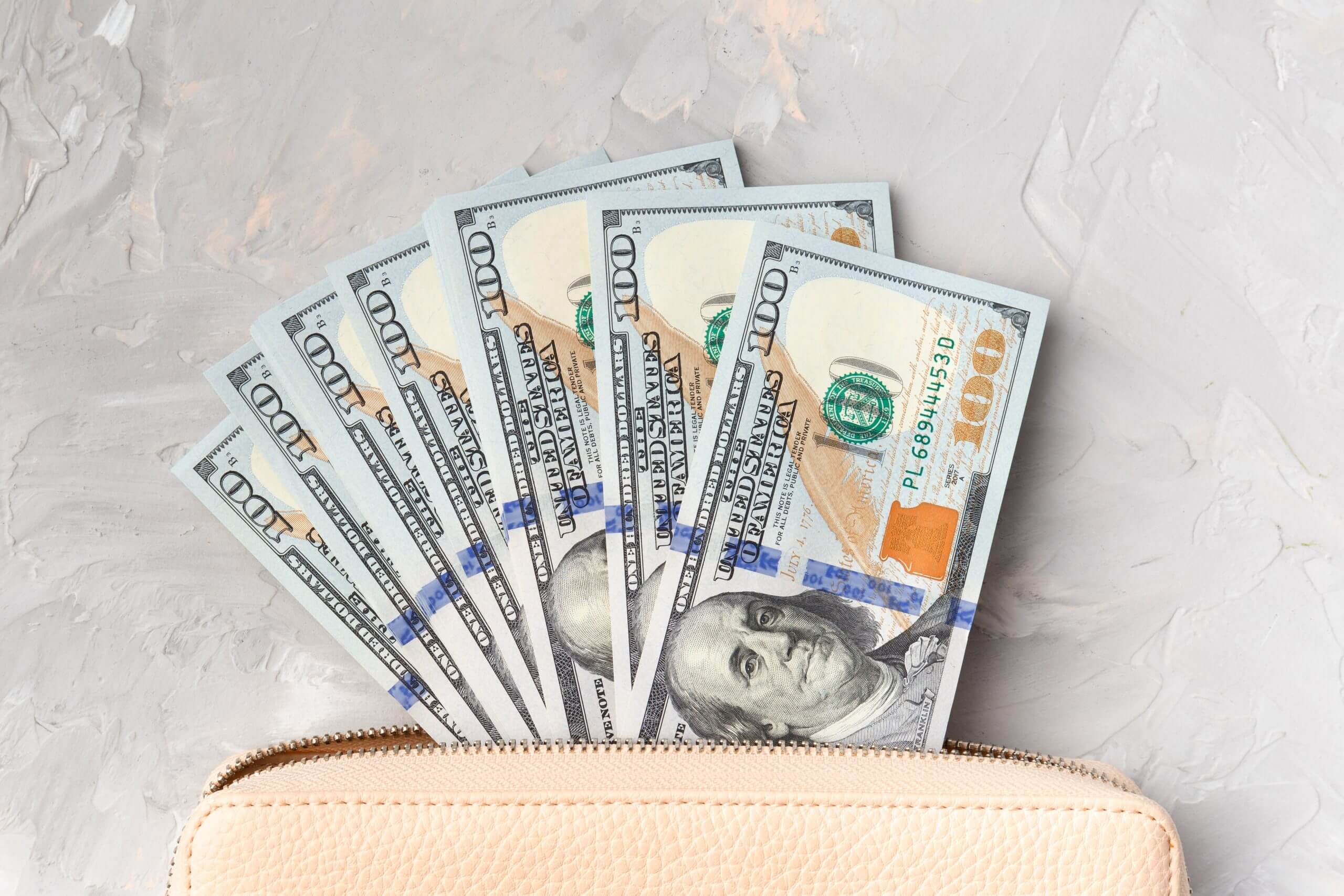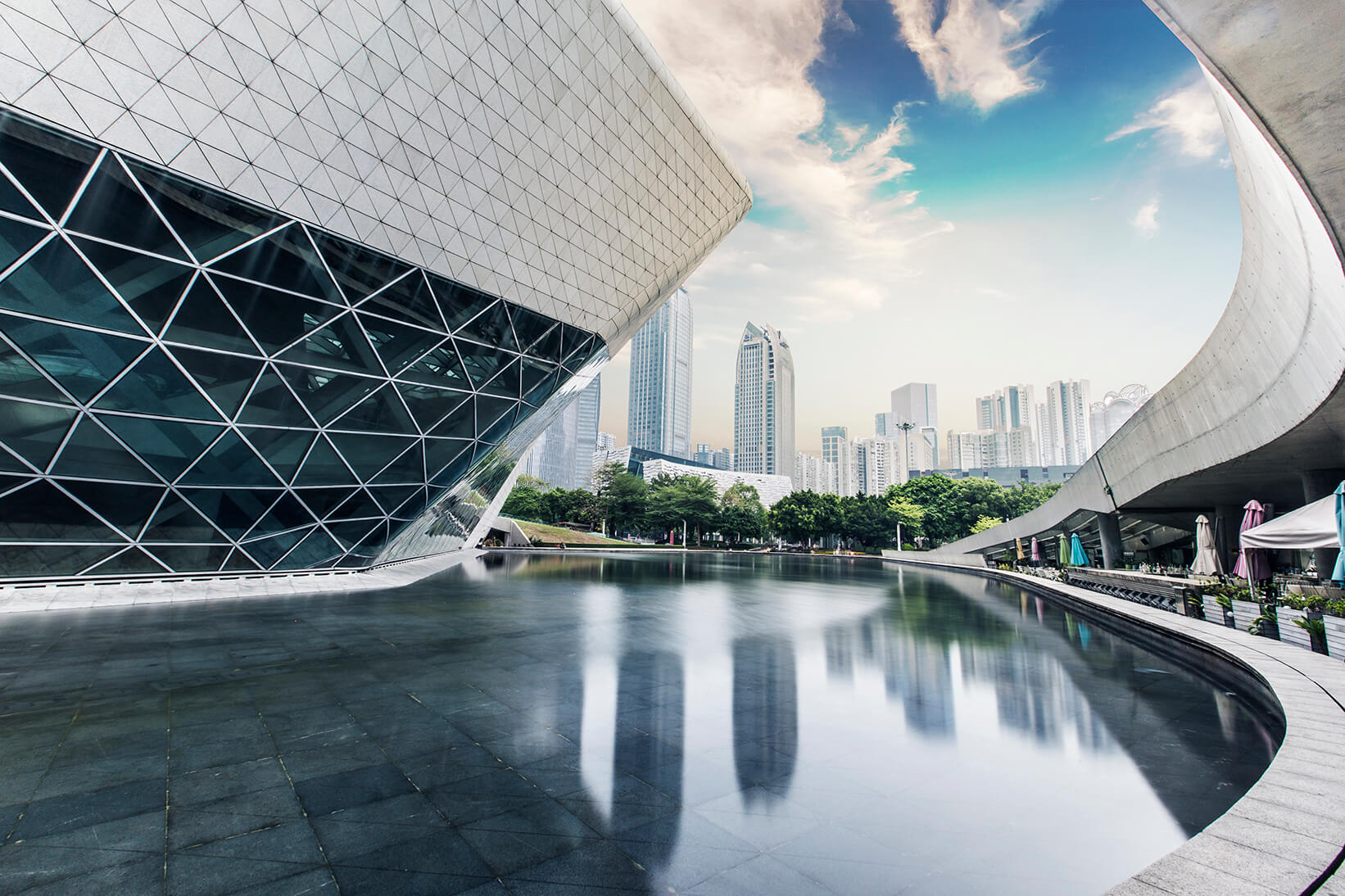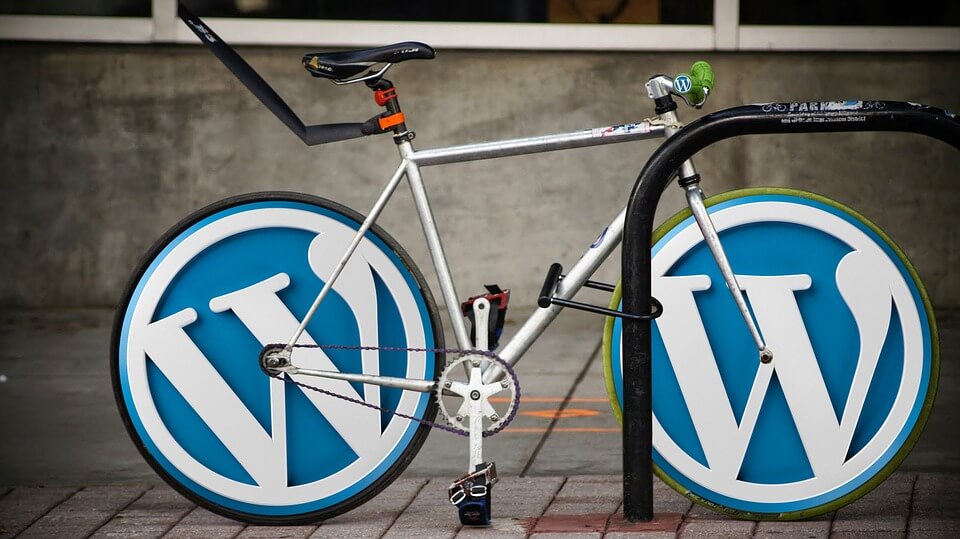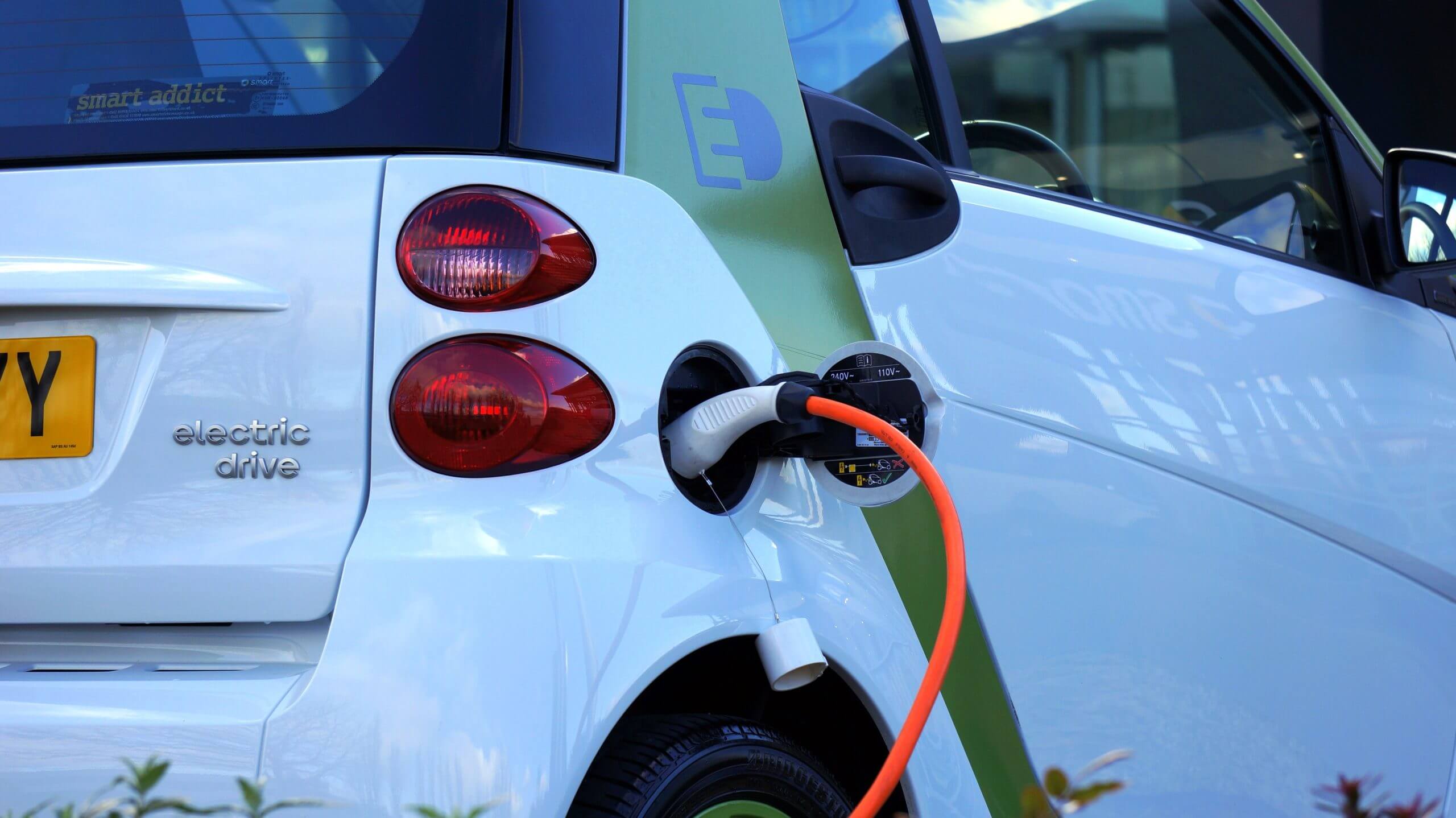How The Christmas Shopping Season Is Going To Be At The End Of 2020?

Deck the halls, let your holiday shopping begin. But be warned the days when retail showrooms were draped in tinsel, capturing the holiday spirit and special deals to entice shoppers to visit the store are temporarily gone. Now, partially closed stores, click & collect queues, and commercials promoting online shopping welcome shoppers. So, yes, holiday shopping is ‘different’ this year. But how will it end?
Christmas has (certainly) come early
Although conventional retailers expected Christmas shopping to begin in December, Black Friday changed trends a few years ago and brought it sooner to November. And this year’s Amazon Prime Day which took place in mid-October marked the beginning of the shopping season. The two-day long discount shopping event was held in 19 countries with revenues outperforming the $3.5 billion mark – a rise of 60% year-over-year for the e-commerce giant.
With retailers aggressively calling on shoppers to do their Christmas shopping early this year, shoppers are extending their shopping spree and spreading through the holiday season. Another explanation may be that shoppers fear the dissatisfaction caused by out-of-stock’ products from last-minute shopping—they learned their lessons from the first lockdown era.
It’s all happening online
While many were left behind by casualties and job cuts, e-commerce was one of the few industries that thrived during the pandemic and surpassed growth estimates. 50.1% of non-food transactions were on-line in June, up from 33.1% in the previous year.
Slickdeals for instance show a good example of the wave of promotions that we can find online, already there, Old Navy Coupons on Slickdeals are interesting, the offers on black Friday were great, so it was a no brainer that more promotions are coming for the holidays, the coats and jackets category has some great products with 20% off.
The pandemic has changed shopping habits, triggering a gigantic tilt to online shopping. So it’s not shocking to see shoppers spend hours online comparing various websites to find the ideal presents at the best prices – the time they would usually have spent hopping around different shops to get the best offers. As a result, we are also seeing and are likely to see a further spike in subscriptions to money-saving newsletters, e.g. moneysavingexpert.com for coupons/discount codes every week. The unparalleled surge in first lock-down online shopping has generated a multitude of issues for brands from supply chain management to last-mile delivery coordination. As a result, retailers are well-positioned this year as they have spent billions in scaling up logistics operations.
Pressure on Logistics
Despite the preparations that retailers put in place, delivery of the last mile may remain a challenge, particularly when customers set a one-day delivery as a benchmark. Some claim that distribution hubs may be a cause for concern, as parcel carriers are already operating at capacity, and a Christmas peak may drive things to the brink. And even though the technology is scalable, problems with logistics, such as lack of trucks and drivers, can create obstacles.
Growth in Retail Sales
Unusually strong gains in spending come after months of historically high savings as customers plummeted due to the Covid-19 pandemic. The personal saving rate peaked at 33.6 per cent in April and stayed at 14.1 per cent in August, the highest pre-pandemic rate since June 1975.
Growing retail sales amid job losses and economic downturn may seem conflicting, but retail sales during the holiday season are expected to display robust growth. Although the unemployment rate has risen, decreasing the purchasing power of a segment of customers, the pandemic, on the other hand, has increased the savings and disposable income of another category of (higher-income) consumers. WFH has taken commuting costs down to zero, and the inability to take exotic vacations or eat in high-end restaurants due to limitations has resulted in more disposable income – which customers splurge on online shopping.
Greater consumer Savings
Very few shoppers intend to pay full price for goods and services when they order online. With so many stores now providing new consumer deals and digital offers, there is likely to be a coupon code for your next online purchase. Retailers often add coupons and discounts to their marketing plans to improve sales conversion rates and enhance consumer loyalty. Although discounts are enticing to consumers, digital coupons may also be an effective means of building a social media follow-up and email marketing list or promoting mobile website use. Savvy online shoppers know how to capitalize on sales and use coupons in combination with other rewards and cashback discounts to maximize savings. For retailers, this may mean less profitable profits. But advertisers are growing their delivery of digital coupons (another 27% vs. previous year and are expected to continue to grow) to meet customer demand for online shopping and through their mobile device.











